6 things you didn’t know about Chrysler’s turbine car
When Stephen Stills wrote “For What It’s Worth” in 1966, he was referring to a protest gone wrong, but the chorus could easily have been used by Chrysler’s experimental turbine-powered car program from 1964. A car with a jet engine? That sounds absurd.
Chrysler did build a small batch of turbine-powered cars, though, and a few became part of everyday life for a handful of lucky consumers. Even in a time when technology was advancing regularly, Chrysler’s turbine car pushed forward the automotive industry and the United States.
In June of 2022, the Hagerty Drivers Foundation (HDF) inducted the Chrysler Turbine into the federally recognized National Historic Vehicle Register. A year later, HDF has created a thorough documentary including interviews with experts on the turbine-car project, from engineers who were there from the start to collectors who have spent years chasing the few remaining Turbines.
We pulled out a few of the highlights from the documentary, which goes live today. If you like what you read here, the full video is embedded at the bottom of the article. Grab a cold drink, sink into a good chair, and give it a watch.
Everything started with Project A-86
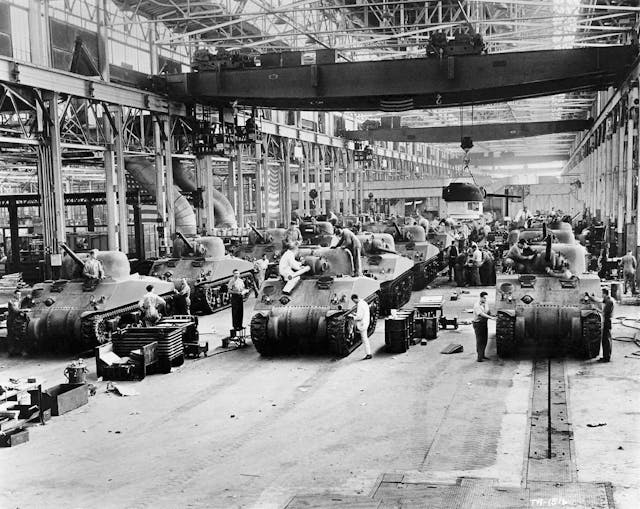
Just as WWII was ending, Chrysler finally finished a turboprop engine design codenamed A-86. Though jet engines made similar power to piston-powered ones, jet engines were far smaller and lighter, meaning that planes could be scaled up, perhaps even push right to the sonic barrier. When the need for aviation advancement became less urgent, Chrysler killed the project. Could we put the turbine engine in a car? the engineers wondered.
Jet engines are incredibly space-efficient for a plane, but the turboprop didn’t immediately work in a car. The issues to solve were the same as you’d encounter when packaging any other powertrain: How to cool the engine, where to store the fuel, and which transmission to use.
It is not a jet car
A turbine-powered plane is pushed through the atmosphere by the force of the air exiting the turbine, or thrust. That wasn’t going to work well in vehicle traffic.
To make turbine power work on the streets, engineers added a second-stage turbine. Driven by the air coming out of the initial turbine, this second-stage unit also held a 10:1 gear reduction, which reduced the first turbine’s engine speed (40,000–50,000 rpm) to something a rear axle could accommodate. This second-stage turbine is the reason why the Chrysler is a turbine car, not a jet car.
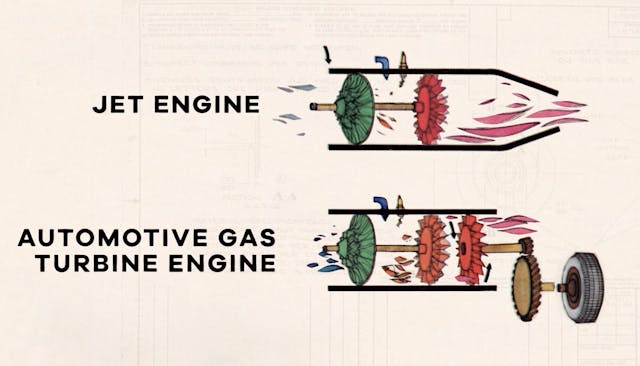
To make the Chrysler Turbine behave like users expected cars to behave, throttle response and fuel supply also had to be radically altered. What engineers did not have to deal with, though, was vibration. A turbine engine’s internal parts only rotate; they do not reciprocate.
It can run on just about anything combustible
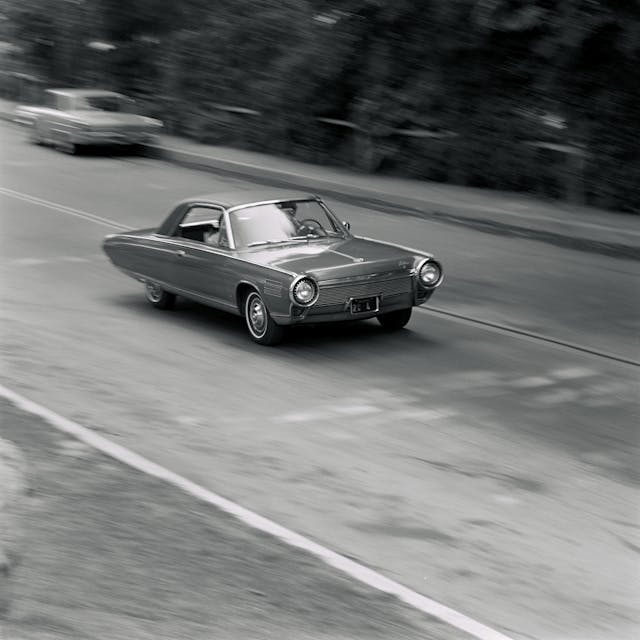
Unlike a piston engine, a turbine engine does not compress its fuel, so it can run on substances that would auto-ignite under compression or have trouble burning quickly enough for a short power stroke. Jerry Gross, one of the engineers from the Chrysler program, took one of the Turbine cars out to a peanut festival and fed it peanut oil. He said the car smelled like a restaurant kitchen but ran fine. Another story goes that, while in France, someone once ran the car on Chanel N°5. We would hate to see that bill …
Chrysler wasn’t the first to try turbine power

As early as 1949, Rover also had the idea to stuff a turbine powerplant under the hood of a car, so the post-war race to leave the piston behind became a match between the U.S. and England. Chrysler did not represent the U.S. alone: All the big auto manufacturers of the 1960s were experimenting with some type of turbine propulsion. It was Chrysler who went all-in, though, and created something more than a one-off show car. That investment made Chrysler’s efforts all the more memorable.

Real people got to drive them
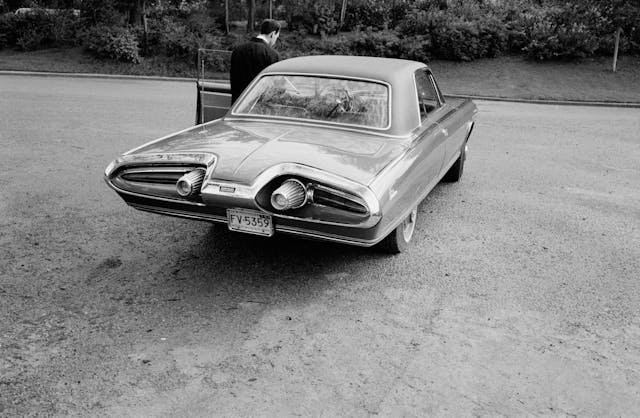
After the flurry of public relations stunts, in which Chrysler showed a few turbine cars at events across the country, the company took it up a notch by putting turbine cars in the garages of consumers. Not engineers. Not marketing people. Real-world users who lived with the car day in and day out for weeks at a time.
Engineers and designers can do a lot of testing, but those specialists think and drive differently than the average user does. Does the car have an adequate cooling system? Does it have the proper throttle response? How happily will it idle in traffic? All of these questions would normally be answered over months of testing, but Chrysler decided not to wait. In total, 203 lucky drivers got their own turbine car—Chrysler built 50—for three months. The cars were out in the wild, and people who paid attention could recognize one at a glance.
Not just bronze, Turbine Bronze
Chrysler didn’t really need the turbine cars to stand out visually, since the wild exhaust sound made it pretty obvious, but a little extra flair never hurt anybody.
The light-bronze color choice was safe enough to blend into ’60s traffic but unusual enough that the car would catch the public’s eye. The whole 50-car Turbine fleet wore this color. (Chrysler brought back Turbine Bronze in 2013 for a one-off 300C homage, but it wasn’t nearly the same.) The paint, the interior details, and the streamlined, jet-influenced silhouette all combined to be a subtle yet dashing car that is now forever documented as a critical piece of our automotive history.
***
Check out the Hagerty Media homepage so you don’t miss a single story, or better yet, bookmark it. To get our best stories delivered right to your inbox, subscribe to our newsletters.

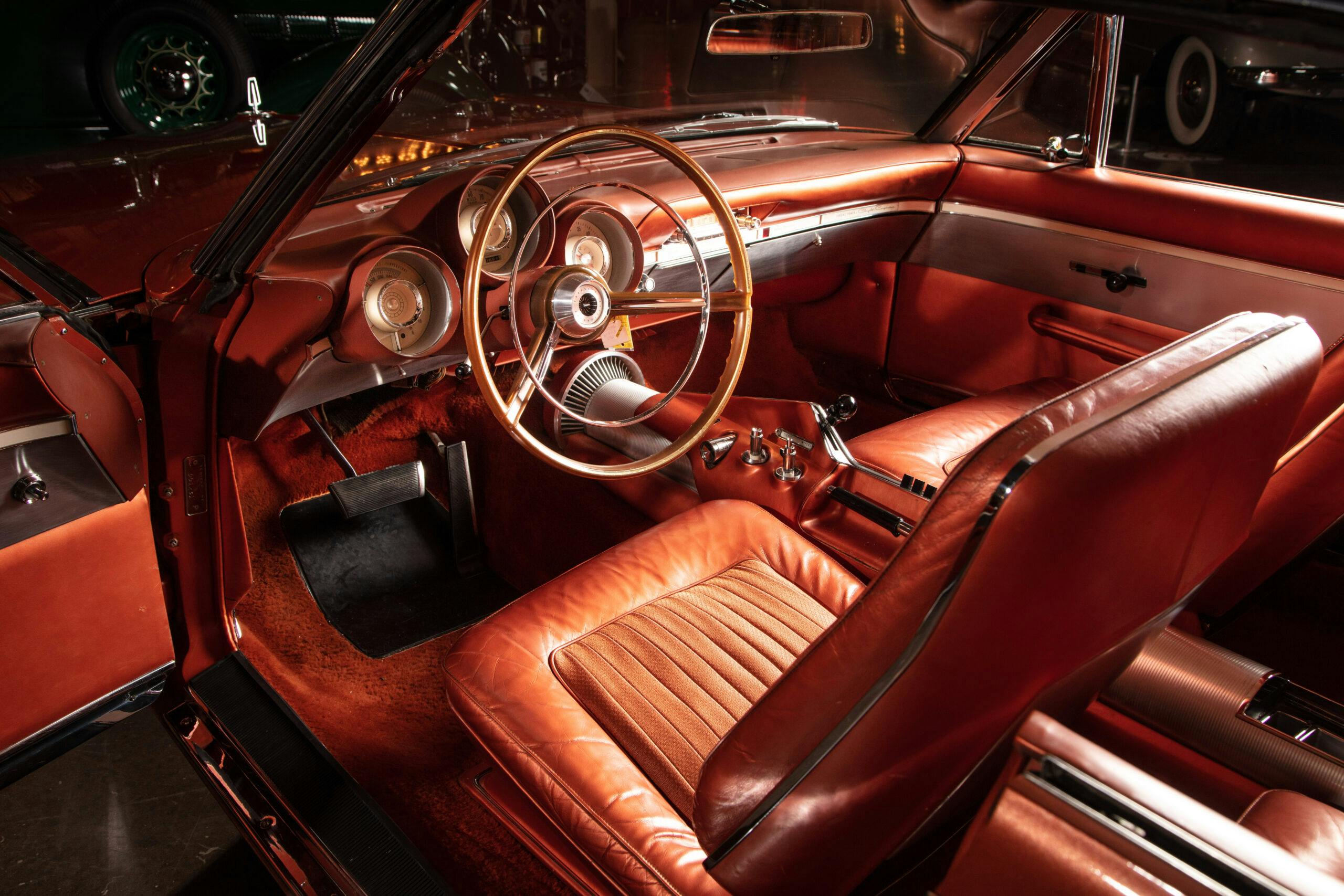
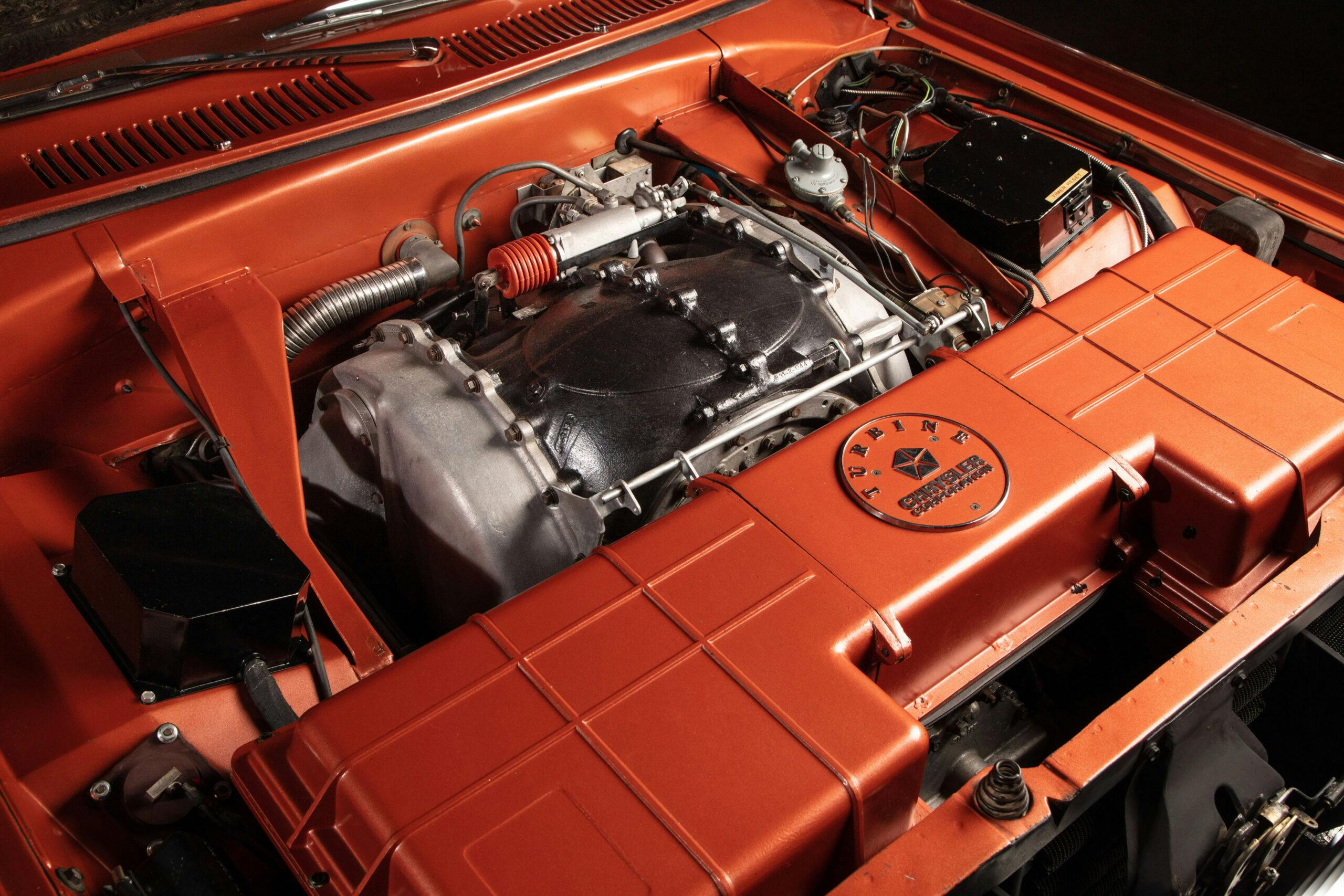


Beautiful Sunday in Hasbrouck Heights NJ, new drivers license, a worn out first car 1953 Ford, that sounded great with a flathead V8 and glass packs, “almost” T-boned one of these beauties with a family, likely driving home from church. Guess the takeaway is “almost T-Boned” but the jaw dropping beautiful bronze car, the moment of panic, and the hard dirty look from the Dad driving that Turbine car still vividly lives in my head. Yikes, 60 years later!!!
While I never saw one of these cars in person, I remember going to the movies to see “The Lively Set”, a 1964 movie that starred James Darrin, Doug McClure AND the Chrysler Turbine Car.
Loved this presentation. Saw some faces that I had the pleasure to have worked with when I joined the engine design team in 1984. One gentleman, Tom Golec, who was an engineer on the turbine project was at one time my supervisor and he spent many lunch hours tell me about the turbine project. Truly a great accomplishment. Fantastic presentation. Thanks for creating it.
Interesting article but it failed to mention what the real world driving experience was like. Probably horrible throttle lag and terrible fuel economy compared to a conventional ICE engine? 0 to 60 mph performance? Maintenance requirements? Did the average people who drove these cars like the turbine engine or not?
Another thing the article did not mention was emissions from the turbine engines. In 1966, there were essentially no tailpipe regulations so it wouldn’t have mattered then. But going forward, the turbine engines would have been very difficult to tame in terms of emissions because of their high combustion temps. Turbine engines produce a lot of NOx (more than diesel engines). Installing a catalytic converter and NOx aftertreatment system on a turbine engine would have been a major challenge, maybe even impossible because of the large volume of hot exhaust gas coming out of the engine. Anything that would restrict exhaust flow would really kill the performance of a turbine engine.
In the mid-1960s, I had a professional acquaintance who had one. I’m confused over what seems to be variable release times of the Turbo cars. All at once? Rotated among those everyday folk who got one for three months? Fifty produced but just over 200 recipients? Help, please!
I actually got the chance to see the turbine car in Frank Kleptz’s collection. His collection wasn’t open to the public, but if you called him, he would let you come down for a personal tour. My Father and I went down one weekend, and Frank gave us a personal tour, and right in the middle was that turbine car. One of the most beautiful sights I had ever seen. He talked about how Jay had helped him get a working turbine from Chrysler, and get it running. It was an amazing collection. I was sad to hear he passed away and his son just split it all up…
I have a 1982 Porsche 928 with a Boeing 502-6 turbine replacing the V8. It’s mated to the automatic tranny snd shifts fine. The 1200 degree exhaust through the hood can toast marshmallows! Sounds like a 737 coming down the road.
I have a 1982 Porsche 928 with a Boeing 502-6 relacing the V8. Sounds like a 737 going down the road. Great fun! I run it on diesel or used filtered frying oil.
60 years ago I was a teenager when my dad received a plastic scale model of the Chrysler Turbine car. It came into my possession after my died in 2004. He told me a cousin who lived in another state had been chosen as one of the test drivers and was also given the scale models which are exact replicas. I cannot identify who that cousin was and wondered if that information was available. Thanks